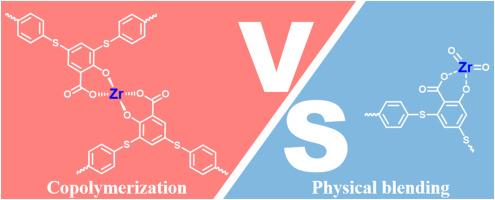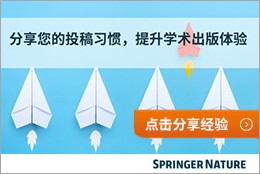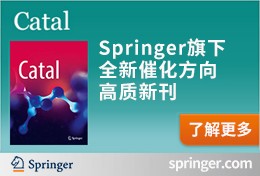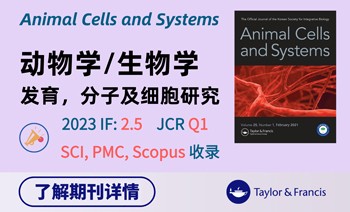Our official English website, www.x-mol.net, welcomes your
feedback! (Note: you will need to create a separate account there.)
聚苯硫醚的亲水性改性:物理共混共聚引入 Zr 的比较研究
Polymer ( IF 4.1 ) Pub Date : 2024-09-22 , DOI: 10.1016/j.polymer.2024.127648
Hu-Lin Yang , Hao-Hao Ren , Xiao-Lu Chen , Hao Deng , Shi-Jie Cai , Wei Zhang , Ming-En Ding , Da-Wei Yan , Yong-Gang Yan

|
聚苯硫醚 (PPS) 广泛用于汽车零部件、机械零件、电气配件和防腐涂料,但其疏水性限制了其在生物材料、医疗设备、电池隔膜和油污分离膜中的应用。为了提高 PPS 的亲水性,硝酸氧锆与 3,5-二氯水杨酸 (SA) 反应生成羧酸锆 (ZrSA)。然后,ZrSA 通过共聚掺入 PPS 的主链中,得到亲水性共聚物 (ZrSA-PPS)。同时,SA 共聚到 PPS 的主链中,生产 SA-PPS。接下来,将 SA-PPS 和 ZrO2 物理共混得到亲水性复合材料 (ZrO2/SA-PPS)。ZrSA-PPS 的熔点范围为 278.19 至 281.16 °C,略高于 ZrO2/SA-PPS 的熔点 (278.39–279.95 °C),但其结晶度 (34.3–41.2 %) 低于 ZrO2/SA-PPS 的熔点 (42.2–51.6 %)。ZrSA-PPS 和 ZrO2/SA-PPS 的最高分解温度升高了约 10 °C,表明 Zr-O 键阻碍了分子链的热诱导运动。ZrSA-PPS 的拉伸强度为 40.8-70.5 MPa,弯曲强度为 46.4-103.4 MPa。ZrO2/SA-PPS 的拉伸和弯曲强度(14.6-65.1 Mpa 和 23.1-100.3 Mpa)明显低于 ZrSA-PPS。这表明 ZrSA 交联结构可以防止裂纹扩展。ZrSA-PPS 和 ZrO2/SA-PPS 的水接触角范围分别为 59.0° 至 76.5° 和 61.6°–78.5° (Neat-PPS, ∼87.9°)。ZrO2 的团聚导致 ZrO2/SA-PPS 的水接触角略高于 ZrSA-PPS。 ZrSA-PPS 增强的亲水性得益于大链间距、强极性基团和氢键的形成。我们的研究可能会阐明 PPS 的亲水改性,这应该为 PPS 在亲水应用中提供有价值的指导和选择。

"点击查看英文标题和摘要"

































 京公网安备 11010802027423号
京公网安备 11010802027423号